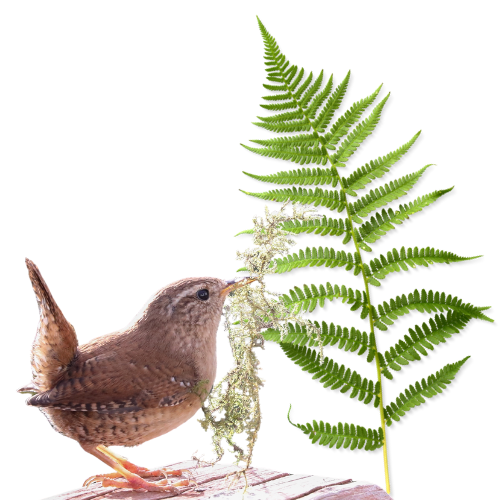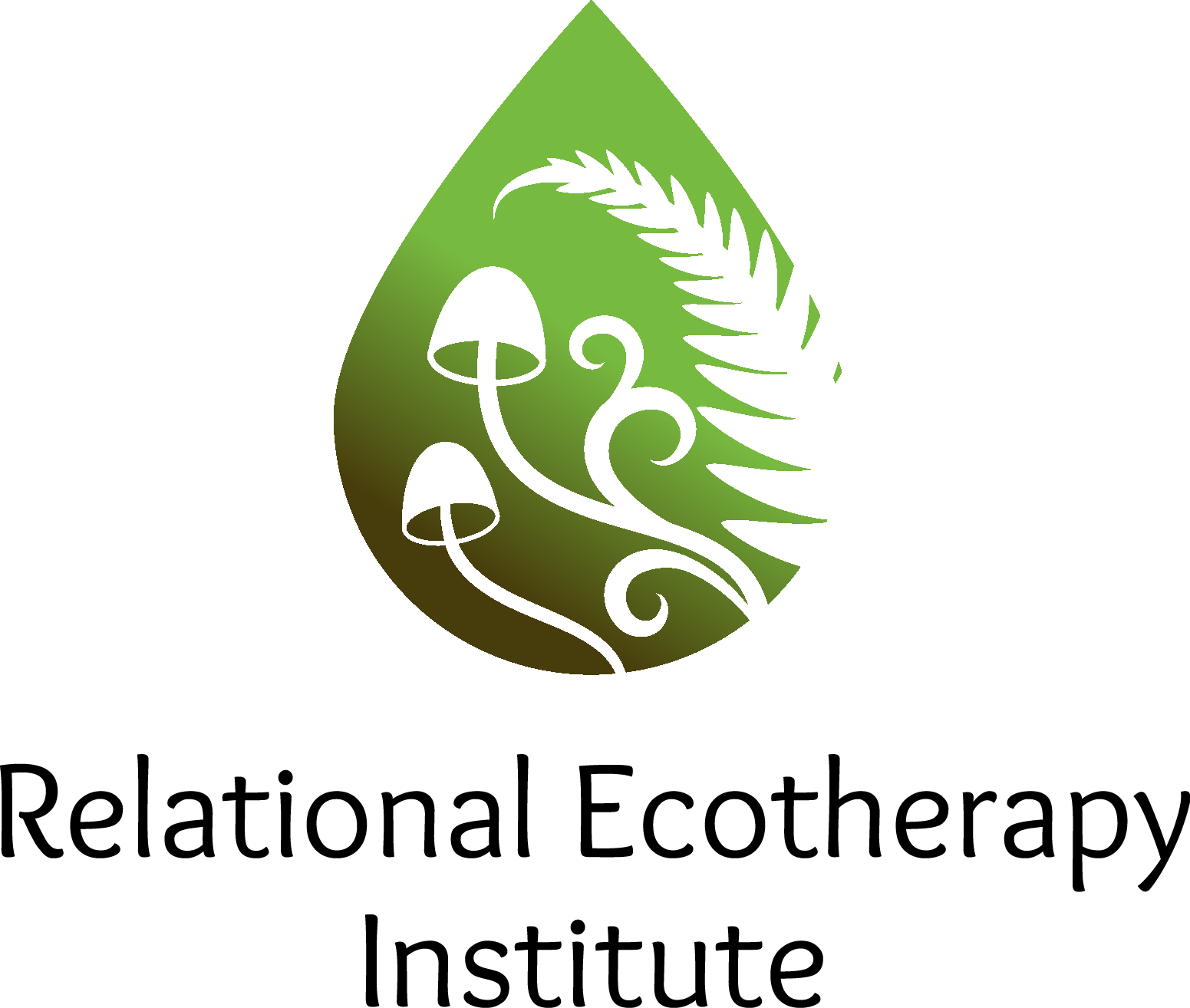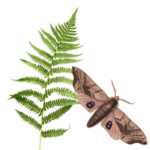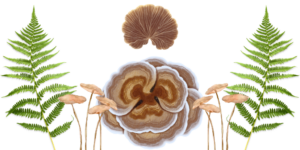
 Recommended ecotherapy books in English:
Recommended ecotherapy books in English:Examples of interventions in outpatient medical practice include: “green prescriptions”, i.e. recommendations for patients treated as “work at home”, in addition to traditional prescriptions for pharmacological agents:
– written recommendations “for the next visit” – one or two, simple, adequate to the patient’s capabilities, his/her needs and limitations (biophobia). -ask during a follow-up visit about following the recommendations, without generating a sense of guilt if you failed to do so. Motivating, psychoeducation, health education. – issuing leaflets with green prescription recommendations, ready-made forms (can be with the doctor’s stamp and signature, personalized with the patient’s name) -recommending literature on the topic, events in the region (maps, websites and social media where one can obtain relevant information), audiobooks, relaxation exercises (also audio, available online or downloaded) involving contact with nature – publishing a map of the region with marked hiking trails, forest therapy paths, viewpoints, and naturally valuable places to encourage patients to visit them -encouraging outdoor physical activity and a healthy diet in accordance with the food pyramid – a proposal of exercises supporting recovery within a specific specialization (breathing exercises, visualizations, Simonton method exercises, cardiac rehabilitation), which can and are worth undertaking in nature due to valuable climatic values (e.g. humidity, essential oils in the forest, monoterpenes produced by trees supporting natural immune defense), etc.
Examples of interventions within 24-hour wards, e.g. psychiatric, geriatric, pulmonary, pediatric:
– taking care of the green space available to patients: outside (horticultural therapy garden, hospital park, flower meadow, relaxation zone in nature) and inside (“green room” with the presence of plants/photo images of nature, periodically switching on the singing of birds, the murmur of a stream, gentle, natural light where you can relax, read or engage in creative activity as part of art therapy. The silence zone can also be arranged in a similar way) – arranging relaxation activities using elements of nature – music therapy with a natural sound background, art therapy with natural materials, nature-themed, outdoor walks with an occupational therapist, forest bathing, relaxation in nature (Jacobson’s training, Schultz’s autogenic training, others) undertaken in the hospital garden or park, joint observation of birds or plants and comparing them with drawings in the atlas, discussions about natural impressions and reflections that appear during these activities as part of group classes.
Examples of ecotherapeutic activities in the practice of an occupational therapist:
-conducting forest therapy/forest bathing in the hospital park (if available) -conducting hortitherapy classes in the hospital garden or inside, as part of caring for potted flowers -art therapy inspired by nature, using natural raw materials -music therapy using the sounds of nature -visualization embedding you in your favorite, safe natural landscapes -aromatherapy based on woody or herbal scents -reading books together, watching nature albums, – starting a discussion about the observed nature, in the context of which it is easier to talk about emotions (externalization, safe perspective, distance) – adapting activities to the needs and limitations of patients (in forest bathing, avoiding metaphors and working with imagination with schizophrenic/autistic patients, focusing on the sensual part of the process, simple, open and sensory-oriented activities (P-O-Z), avoiding topics related to the degradation of nature in depressed and anxious patients, emphasizing the theme of coexistence and relationships with other beings, reducing the feeling of loneliness) – in hospital gardens, planting sensory-activating plant species associated with childhood, e.g. in the countryside (in many cases, such feelings are evoked by dahlias, roses, phloxes, hollyhocks)
Ecotherapy as a complementary tool in the psychotherapeutic process:
The forest is an environment in which subconscious processes are activated with great intensity. Smells bring to mind memories and associations from the past, various natural processes are perceived as metaphors for those that happen in people’s lives. In the forest, it is easy to externalize, project, and transfer; it is also a very archetypal environment, activating what is often denied or hidden. As a space full of multidimensionality and ambiguity – on the one hand showing life, on the other hand death, a sense of security but also danger in the face of the elements, reminding us of childhood and old age, femininity and masculinity, gentleness and wildness of instincts, it can trigger regressive processes or act as a catalyst . A problem that someone cannot cope with in psychotherapy, not noticing various relationships, can emerge in the forest with full intensity, from a new perspective. On the one hand, this is good news, but on the other, it may raise concerns about what to do then. First of all, maintain the emotional health and safety of forest bathing with a client in crisis, if we conduct forest therapy, but also take advantage of the wide opportunities offered by contact with the wild landscape.
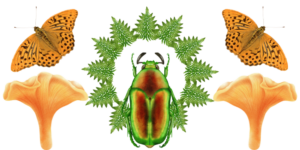

The term “ecopsychiatry” was coined by the American Psychiatric Association (APA) in the 1970s. It means the study of mental health, taking into account the role of the ecological environment in its formation and subsequent functioning, or in other words, the application of ecological thought to the science and practice of psychiatry. For several years now, ecopsychiatry and econeuropsychiatry have begun to gain importance in the scientific community again. Gene-environmental interactions and epigenetic changes are considered extremely important when analyzing psychopathological mechanisms. Ecopsychiatry brings an important understanding of the impact of the natural environment and interactions with the natural environment as equally important, in addition to social and family relationships, the presence of stress, substances of abuse and genetics, in the psychopathology of mental disorders and diseases and in the possibility of creating multi-level, interdisciplinary psychiatric treatment plans. Both the needs of patients and the rapidly growing amount of scientific research emphasize that pharmacotherapy is often a key, but not the only form of obtaining help in the field of mental health, and supplementing it with psychotherapy and techniques for regulating tension in the body and restoring/strengthening relationships with a supportive natural environment check involved in prevention, rehabilitation and full-scale treatment planning at various stages. Interestingly, reducing the level of stress through interaction with nature goes beyond psychiatric specialization, supporting patients in numerous crisis situations, such as hospitalizations in non-psychiatric wards (pulmonology, geriatrics, pediatrics, internal medicine, orthopedics, dermatology, etc.), in postoperative periods, treatment oncology, the time of rebuilding immunity, and in adapting to new, difficult situations, including loneliness, aging or being abroad. The pioneers of ecopsychiatry in Poland are Dr. hab. Sławomir Murwiec, Dr. Katarzyna Simonienko, prof. Piotr Tryjanowski, Dr. Justyna Holka-Pokorska.
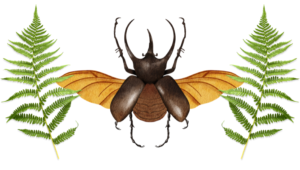
Examples of ecotherapeutic interventions:
Forest therapy
Therapeutic ornithology
Nature-based mindfulness
Talasotherapy
Balneotherapy
Mountain therapy
Armoatherapy
Fitotherapy and herbalism
Mycotherapy
Ecopsychotherapy
Landscape therapy
Wilderness/adventure therapy
Kynotherapy (dogotherapy)
and many others.
